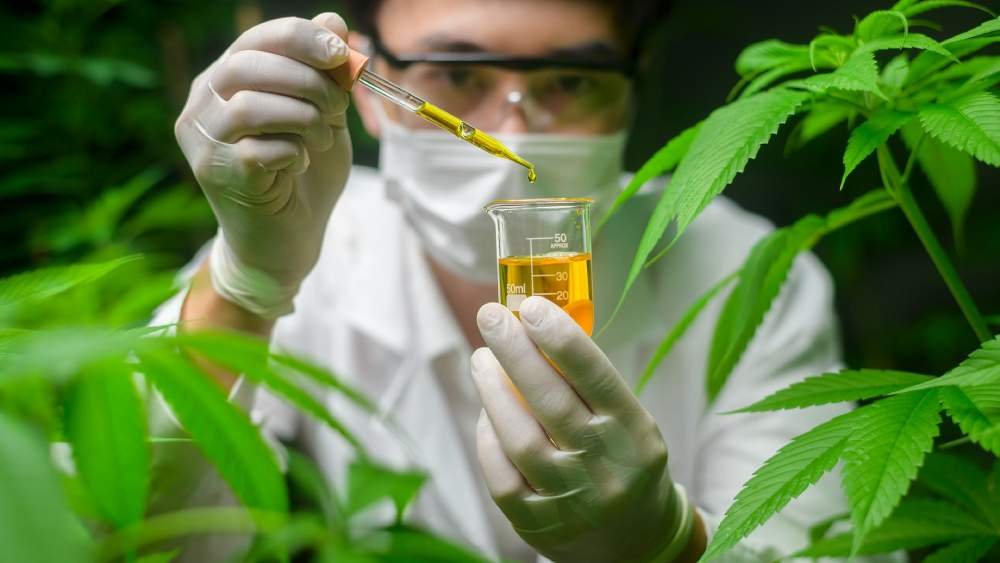Exploring Medical Marijuana Products
While federal law still classifies marijuana as a Schedule I controlled substance, some states now allow patients to purchase cannabis in pill or oil form for a limited number of indications. When buying, look for products with clear labeling and good manufacturing practices.
Cannabis may help with chemotherapy-induced nausea and vomiting related to cancer, as well as AIDS treatment-related appetite loss. It also lowers pressure inside the eyes, which can help with glaucoma.
Pain
Many people use medical marijuana to treat pain from a variety of conditions. It seems particularly effective for nerve pain, like multiple sclerosis, and arthritis or muscle spasms. It can also help relieve the pain of fibromyalgia and endometriosis. And it can ease the tremors of Parkinson’s disease.
The pain relief is often better than what patients can get with narcotics or other prescription painkillers. However, some doctors worry that combining cannabis with certain opioid pain medications can raise the risk of side effects like dizziness and drowsiness, as well as increase the possibility of overdose deaths.
Cannabis has been shown in specific trials to lower the severity of chronic pain caused by shingles, MS, or other illnesses such as fibromyalgia and endometriosis. According to other research, it can also help persons with chronic pain function better and live better lives by giving them back the sense of self and control over their lives that can be lost when pain is unbearable.
However, the research could be more extensive. It’s challenging to study because of the restrictions on growing and buying the plant and because people take different doses when they smoke, vaporize, or eat the product. And other factors, such as the ritual involved in receiving the treatment or the elicitation of a placebo response, can influence its effectiveness.
Anxiety
Anxiety is the second most common medical condition for which medical marijuana products are prescribed. It’s important to remember that medical cannabis is a treatment, not a cure.
It is imperative to acknowledge that marijuana is not a panacea for depression and that its use should only be incorporated into a treatment plan in collaboration with a patient’s mental health care provider. It’s also worth noting that different terpenes present in the cannabis plant can create or emphasize specific medicinal effects, creating a whole new world of therapeutic combinations for anxiety and other conditions (the entourage effect).
CBD is an excellent choice for treating anxiety, because it can reduce the occurrence of anxious feelings by reducing the activity in the amygdala. It can also decrease the amount of anandamide broken down in the body, increasing its availability for a calming effect. CBD has also been shown to reduce the anxiety associated with public speaking and performance.
THC, on the other hand, can increase anxiety in some people. It can also cause paranoia and can lead to a ‘high’ feeling, which may be unsettling for some patients.
There is little clinical research that supports the use of THC-dominant cannabis as a treatment for anxiety disorders, but patients who have found the right product, strain, and dose can find relief from their symptoms.
Depression
Depression and anxiety are two of the most common and debilitating mental health conditions. While there are many treatment options available, including oral medications and different therapies, some people also report that marijuana helps ease their symptoms of these disorders.
Marijuana can act as a natural mood enhancer for those who suffer from depression, boosting serotonin levels and helping with insomnia and appetite loss. It is imperative to acknowledge that marijuana is not a panacea for depression and that its use should only be incorporated into a treatment plan in collaboration with a patient’s mental health care provider.
Sleep
For individuals with insomnia, marijuana can be a natural sleep aid. It may help patients fall asleep faster and stay asleep longer than they can with other sleep medications. Moreover, studies suggest that marijuana may enhance the duration of deep sleep and decrease the time spent in the lightest phases of sleep (REM).
Cannabis contains more than 100 types of chemicals called cannabinoids. Two of these—delta-9-tetrahydrocannabinol (THC) and cannabidiol (CBD)—are most studied for their health effects. THC is psychoactive and responsible for the “high” feeling, but it can also promote relaxation and help you sleep. CBD doesn’t have mind-altering effects and can calm an anxious mind.
Choosing the right strain is essential when treating sleep issues with medical marijuana. Generally, sativa strains with higher levels of CBD are best for promoting sleep and reducing anxiety.
A recent review found that some medicinal marijuana products have been effective in promoting sleep and easing symptoms of various conditions, such as restless legs syndrome, obstructive sleep apnea, nightmare disorder, and narcolepsy.
However, the evidence is limited, and further research using standardized cannabinoid products and more rigorous quantitative measurement techniques is needed. In addition, more trials examining the use of medicinal cannabis for sleep disorders should involve more extensive and more diverse populations.

